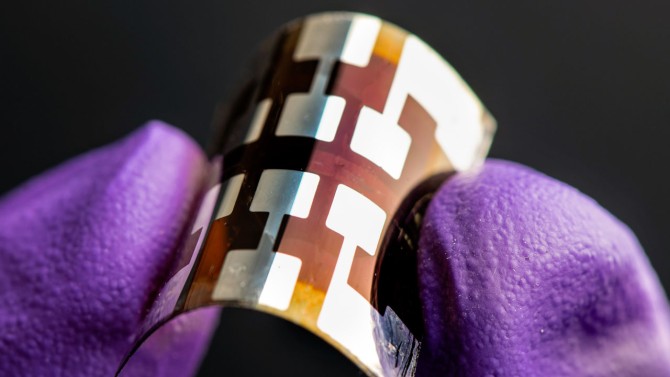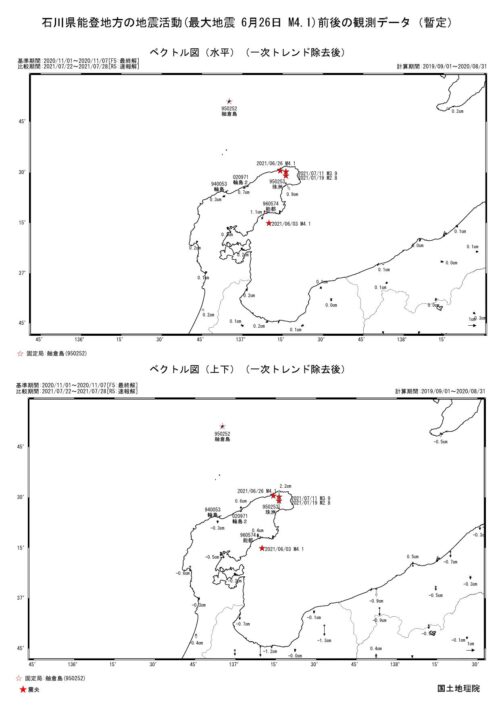(Altered Microstructure Improves Organic-Based, Solid State Lithium EV Battery)
2021-06-17 アメリカ合衆国・ヒューストン大学(UH)

・ UH とライス大学が、エタノールを利用したプロセスによる、有機化合物ベースのカソードの微細構造の改変技術を開発。全固体リチウム電池のエネルギー密度の倍増に成功した。
・ 電池の容量と電圧を決定するカソードは、コバルトのような希少な材料が使用される最も高価な構成部品。コバルトの供給量は 2030 年までに 6 万 5 千トンの不足が予測され、米国のリチウムイオン電池のサプライチェーンにおける主要な懸念事項の一つとされている。
・ 近年、リサイクルが容易、豊富でクリーンな代替として有機化合物ベースのリチウム電池(OBEM-Li)が新興。同大学が実証した初期の OBEM-Li では、コバルトカソードレベルの 800Wh/kg の比エネルギーを達成しているが、カソードの微細構造による活物質の質量分率の問題がエネルギー密度を制限していた。
・ 新技術では、イオン輸送の促進にカソード(ピレン-4,5,9,10-テトラオン(PTO))の微細構造を最適化し、活物質の利用率を前回の 50%から 98%に大幅に向上させ、300Wh/kg のエネルギー密度を達成した。
・ 硫酸電解質を酸化させる PTO の化学特性の研究を発端に、そのような反応の利活用法を探るため、カソードと固体電解質界面の化学組成、分布や電気化学的な可逆性を調査。その結果、電池容量の劣化無く優れた充放電サイクルを遂行する原因解明の手掛かりを得た。
・ 本研究は、コバルトのような遷移金属ベースのカソードを、米国に最も多く存在する石油精製所やバイオリファイナリーより得られる有機材料で代替したエネルギー高密度のリチウム電池の製造が可能であることを提示。より持続可能な EV と次の 10 年間の研究開発に向けた重要な出発点となると考える。
・ 本研究には、Battery500 リサーチコンソーシアムの一部として米国エネルギー省(DOE) エネルギー効率・再生可能エネルギー局(EERE)が資金を提供した。
URL: https://uh.edu/news-events/stories/2021/june-2021/ev-battery.php
<NEDO海外技術情報より>
(関連情報)
Joule 掲載論文(アブストラクトのみ:全文は有料)
Microstructure engineering of solid-state composite cathode via solvent-assisted processing
URL: https://www.cell.com/joule/fulltext/S2542-4351(21)00252-X



